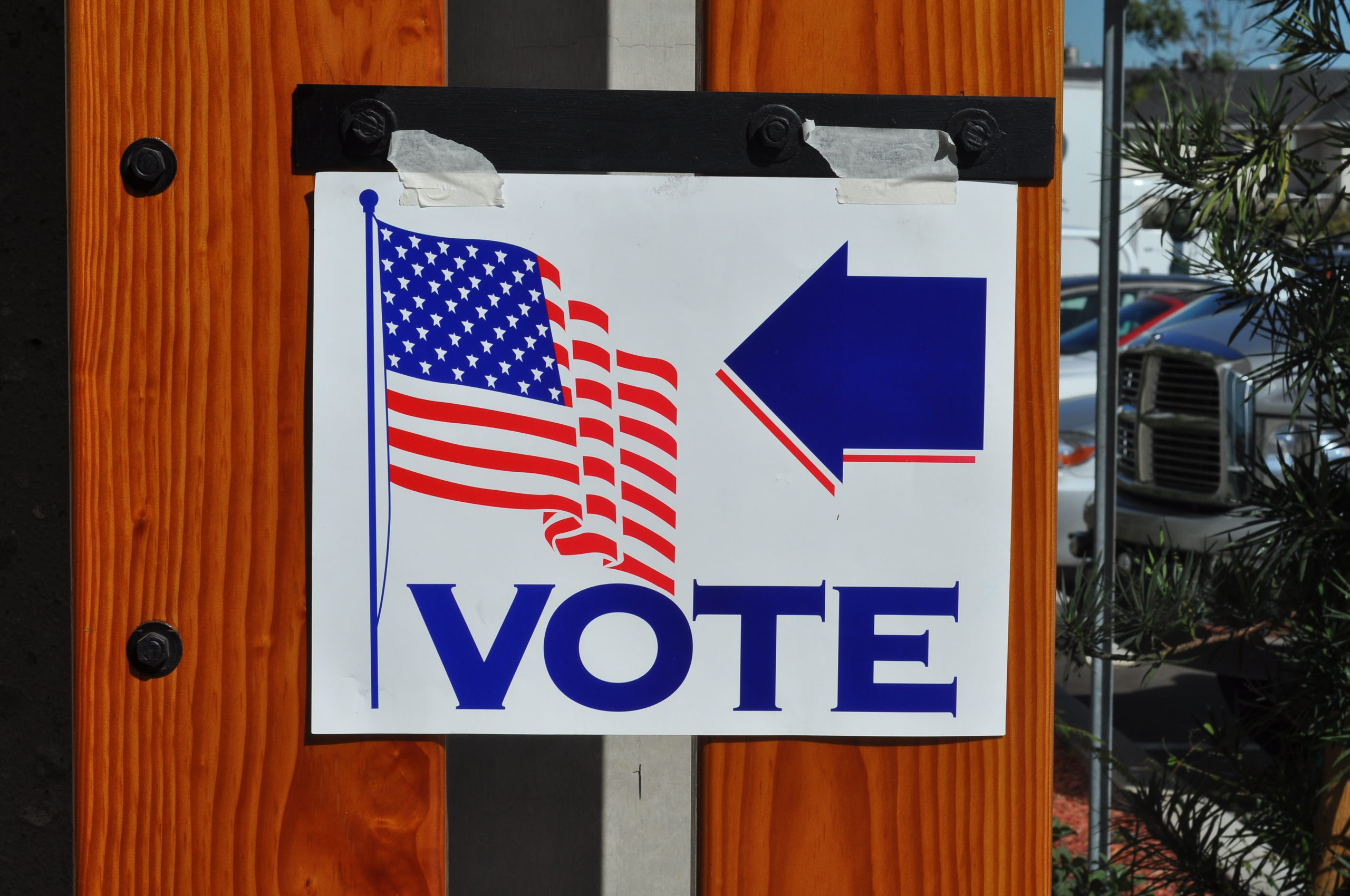[Editor’s note: This article is republished with permission from Sightline Institute. Read the original article here.]
For years, Pennsylvania’s election officials have been raising the alarm: The state’s absentee ballot deadlines are too tight—there just aren’t enough days between deadlines to request and return mail-in ballots to turn them around. Too many votes cast properly go needlessly uncounted. And if they don’t solve this now, the problem will only get worse.
Sure enough, the number of rejected absentee votes Pennsylvania has spiked over the years—from about 2,000 in 2014 to more than 8,700 in the 2018 midterms. Of the ballots rejected in that election, 94 percent of them were not counted due to missing a deadline, according to the US Election Assistance Commission. That’s second-highest rate of any state, following only Delaware, where 97 percent of rejected mail-in ballots were because of a deadline.
Fast forward to today, and the country is in the middle of a pandemic that makes it potentially unsafe for voters and poll workers to venture to a crowded polling place. States have seen record-breaking numbers of mail-in ballots in primaries this spring and summer, and are expecting even higher rates of absentee voting this November. Pile on Postal Service cuts and expected delays, and Pennsylvania’s current deadlines could spell disaster in November.
In 2018, less than 4 percent of Pennsylvania’s ballots were cast by mail. This general election, the state’s top election official anticipates half the state’s voters to use mail-in ballots. If the state sees a similar turnout as the 2016 presidential election, and a similar 4 percent rejection rate of mail-in ballots as in the 2018 midterm, that would leave well over 120,000 uncounted votes. But state officials still have time to prevent widespread disenfranchisement.
Sightline compiled recommendations for states to prepare for a spike in the number of absentee votes during the pandemic, including accepting ballots postmarked on Election Day, even if they arrive later.
Pennsylvania. Look no further than in 2016, when the presidential race was determined by less than 1 percent of the population, or 44,292 voters. The Keystone state’s 20 Electoral College votes went to President Donald Trump. Yet Pennsylvania—which received a C- grade from us for vote-by-mail access—still rejects ballots cast by Election Day but received later. Combine this with a late deadline for requesting a ballot, and voters could find themselves squeezed on both ends. Voters can submit an application for an absentee ballot until October 27. That’s not enough time to receive their ballot and return it to election officials by Election Day. Say the mail takes two days each way, so the mailed application takes two days to arrive at the elections office, is quickly processed and the ballot is sent out the same day. It takes two days to arrive at the voter’s house. Then, even if the voter puts the completed ballot in the mail the very next day, if it takes two days to travel to election officials, it arrives too late and doesn’t get counted.
State officials are trying to change that. Pennsylvania’s top elections official, Kathy Boockvar, is asking the state Supreme Court to allow ballots postmarked by Election Day and received up to three days later to be counted, according to court filings. This is a widely accepted practice: 18 states routinely accept ballots postmarked by Election Day but received later, and at least another four (Massachusetts, Georgia, Minnesota, and Kentucky) are doing so this year. New Jersey extended its deadline to receive mail-in ballots from two to seven days. Pennsylvania Governor Tom Wolf’s administration is also asking the court to allow clerks to count ballots with illegible postmarks.
The change would go a long way to make absentee votes count and protect Pennsylvania voters this election season. Without the change, we could see a repeat of 2018, and thousands more disenfranchised swing state voters.
Editor’s Update 9.17.20: Shortly after this article published, the Pennsylvania Supreme Court extended the deadline for counting mailed-in ballots until three days after Election Day. Read analysis of that decision here.
Both Sightline Institute and Ohio River Valley Institute are 501(c)3 non-profit organizations and do not support, endorse, or oppose any candidate or political party.
Hayat Norimine, Sightline research contributor, is a freelance writer who grew up in Washington on the border of Idaho. She previously covered city halls and politics for The Dallas Morning News, Seattle Met magazine, and The Daily News in Longview, Washington. She has an MA in journalism from the Medill School of Journalism and a BA in English from the University of Washington. For Sightline, she researches and writes about elections and democracy reform and reports on fossil fuel proposals along the Thin Green Line.

